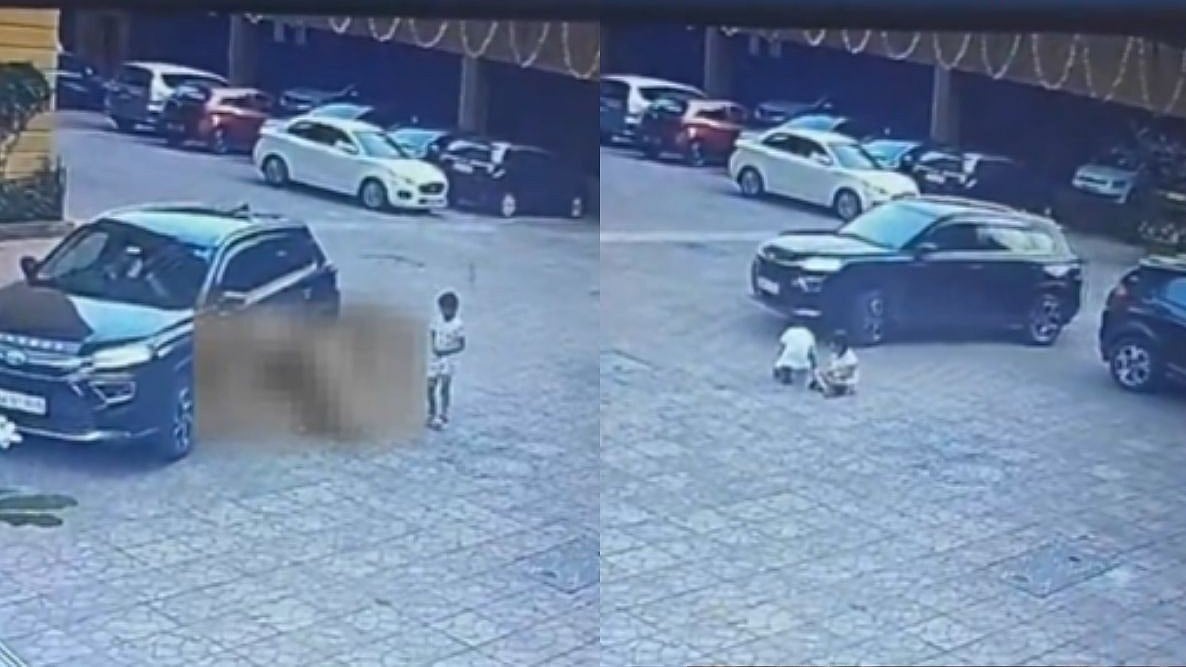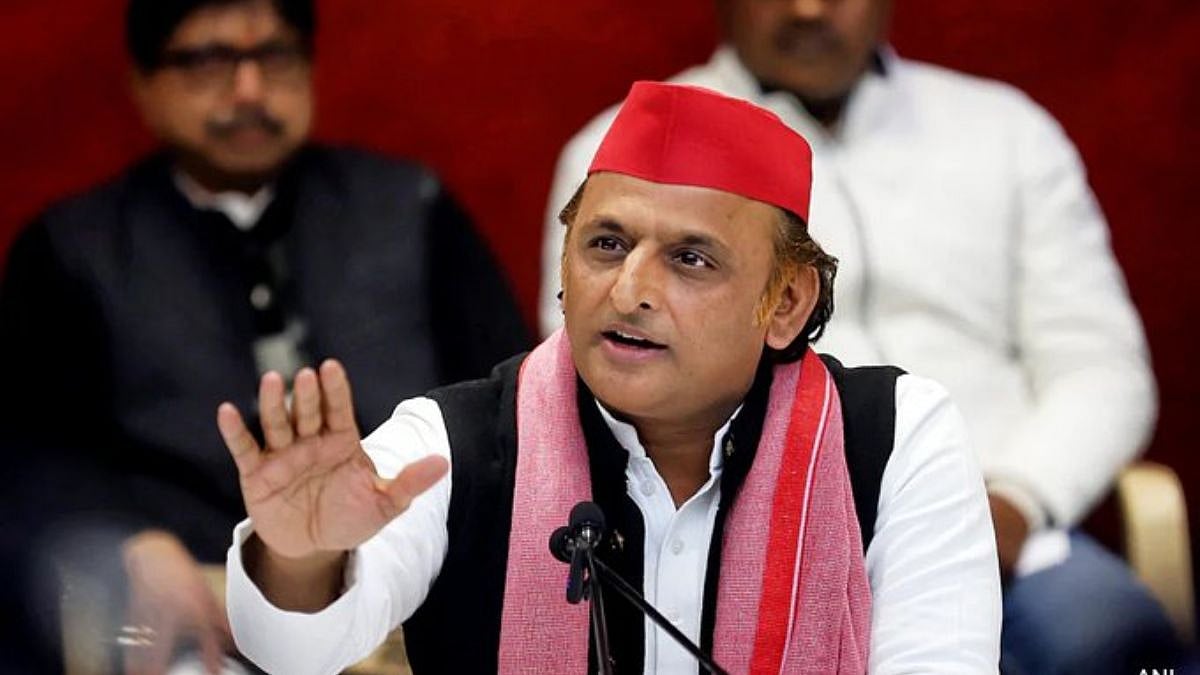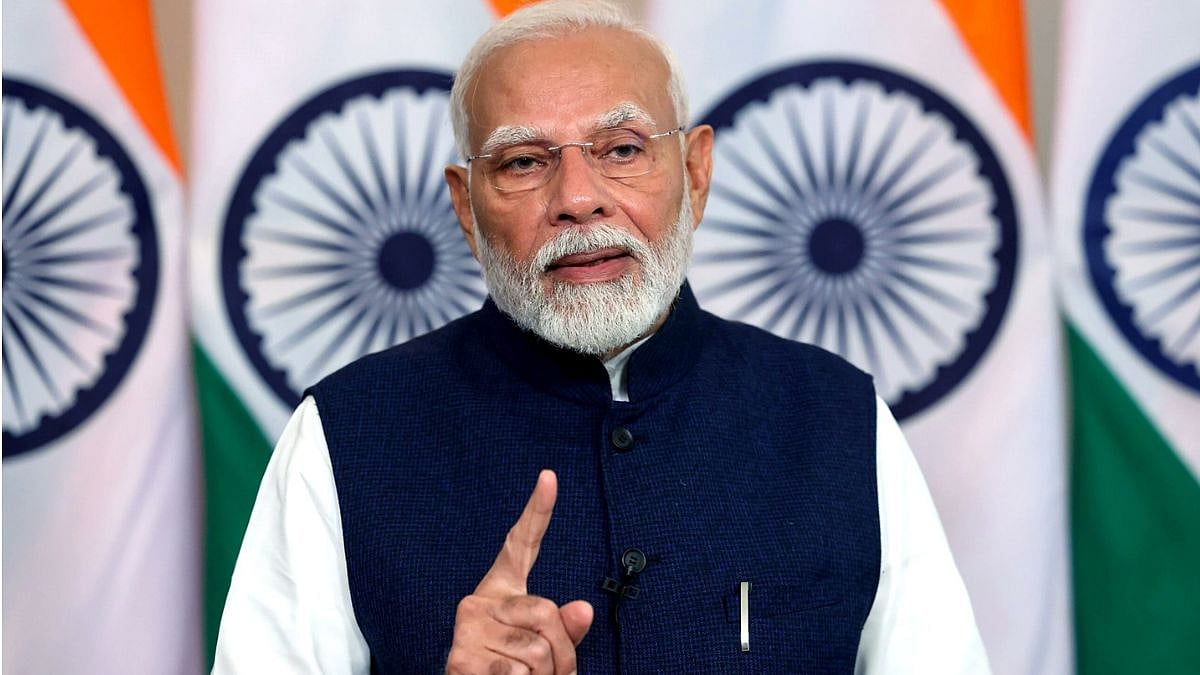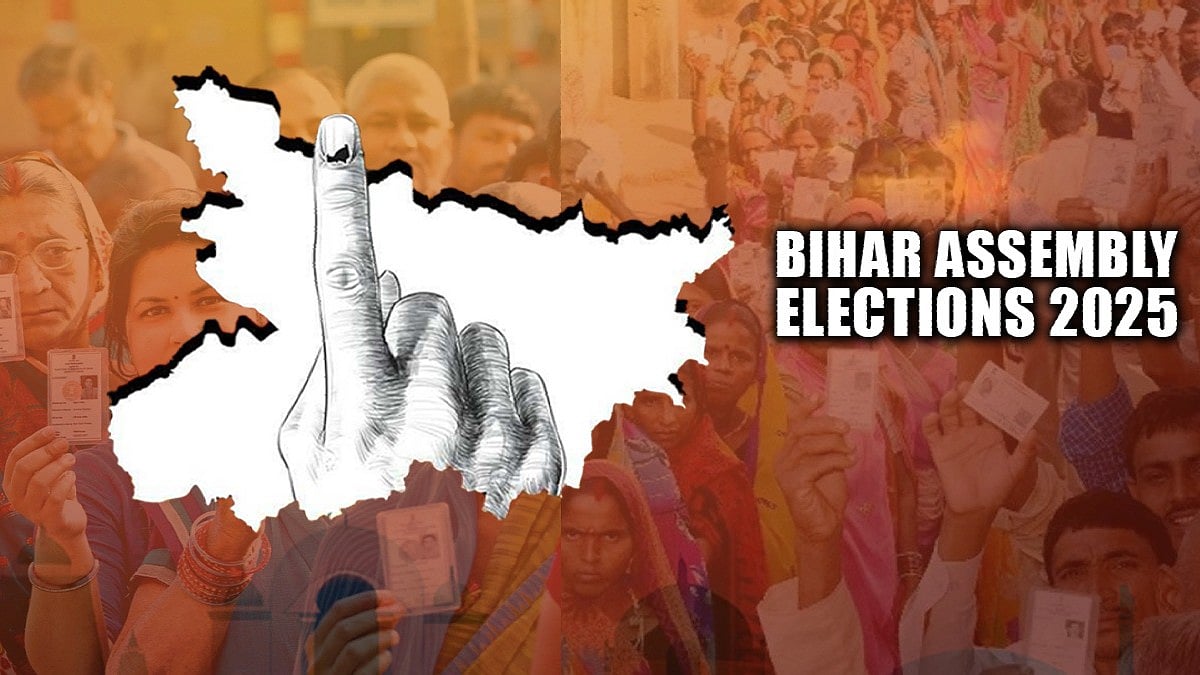High-paced urbanisation, increasing population density, choked civic infrastructure, civic projects that are catching up with urbanisation, low citizens’ involvement in understanding the need for better waste handling at their homes and offices, all these have added to the problem of Mumbai’s air pollution. The city has been struggling with haze and smog for many weeks now, and been rudely shocked with the poor AQI (Air Quality Index). The health issues that come with air pollution do little to help the cause of quality of living in an already densely populated city.
Recently the Brihanmumbai Municipal Corporation observed that there are over 5,000 construction sites in Mumbai. Not surprisingly, the dust generated across these projects adds to the air pollution generated by various infrastructural development works that Mumbai is undergoing. Of course the climate changes, including changes in wind speed that Mumbai observed, is a factor in contributing to air pollution. Landfills and their management contribute majorly to air pollution. Here practical solutions are evident, but requires that every citizen actively participate in waste disposal. Expecting the BMC alone to solve for this won’t work. Citizens should be involved in the entire process and contribute to waste management, including recycling where possible.
Closer home, at Navi Mumbai, there is a positive example of how engaged citizens collaborate with an active municipality to solve for the processing of municipal waste disposal. The Navi Mumbai Municipal Corporation (NMMC) uses manual intervention for their mechanised sorting for dry waste processing. It allows for further separating dry waste into categories of coconut shells, clothes, paper, bottles, rubber and metal, shoes and furniture, plastics. They then process each of these separately. Plastic waste is processed in granular form, to be sold to plastic recycling units. Refuse derived fuel (RDF) is processed to be sold to oil and cement industries. Wet waste processing is processed by introducing bio-culture to enable fast decomposition of the waste. After 28 days, the entire waste loses nearly two-thirds of its weight, thus allowing for easier handling. These are then processed into compost products for farming. Rest of the materials go into scientific landfill plants. This not only solves for waste disposal, but also earns revenue for the municipality.
Changing the goal posts
An interesting observation was made recently by the Maharashtra Pollution Control Board (MPCB). It observed that the monitors installed by the System of Air Quality and Weather Forecasting and Research (SAFAR) are placed mainly at traffic junctions, and that the AQI readings could be high due to vehicular emissions. This has made an argument that AQI readings are incorrect and that the actual pollution is lower, and that the AQI monitors need to be relocated. By relocating the monitors, we are not going to solve for poor air quality. This has large public health ramifications, which the civic authorities should worry about and proactively plan for. It would be useful if the authorities install additional air monitors in newer locations, and track real-time data and sources of pollution.
It is urgent to address the issues of open burning that still happens across the city. It is essential to worry about the landfills that we have amassed, and continue adding to. Solid waste management, its disposal, and handling of gas emission due to these are a topic that we must demystify to citizens. That’s the only way we can get them to participate in their individual citizenry duties to help the city stay safe, and to help themselves.
Understanding waste
We rarely think of what happens to the waste once we dispose it at the apartment doorstep or housing societies. If one extends this, at best, most of us simply wrap the waste in a permitted plastic disposal bag, and put it in the waste-bin provided around our localities. Despite the BMC rule around waste segregation at source into dry waste and wet waste, it is hardly followed. Mumbai segregates only 7% waste for recycling and 5% is composted.
The waste collected across Mumbai is a combination of tonnes of dry waste (like dry leaves, construction debris like cement pieces, tiles, electronics, etc), and wet waste (like food, vegetable, fruits, meat, etc). As a city, we send over 94,00,000 kgs of waste every day to our landfills, especially at Deonar and Kanjurmarg. (That’s almost half kg of waste per day per resident).
One, these landfills are a prime concern that we never think of. Simply because we don’t see the landfills. Only those residents in neighbourhood of the landfills face the stench on daily basis. In addition, these landfills have issues of illegal scrap-lords who light up fires to quickly separate resealable metals. Two, every locality feels that burning dry waste in their neighbourhood won’t be a big deal, and that’s something we need to change our mindsets about. Three, open burning continues unabated near recycling units, across the various industrial galas, and not just limited to Dharavi and Mankhurd. Unregulated and unlicensed recycling units burn all the waste they gather, to simply separate metal from plastic. The fumes that emanate from them are very harmful to human health. Yet lack of grassroot accountability and lack of taking these units to task have only propelled more units to flourish.
Landfills – ticking health bomb
Over 70% of the total waste generated in Mumbai is wet waste. At the landfill, when this gets combined with dry waste, it delays the process of decomposition of the landfill mass. During this process, these landfills generate methane. The suppressed methane in a dense landfill ignites and catches fire easily. Methane is greenhouse gas and a large contributor to global warming. Hence for any climate change positive action, reducing such methane emissions is a must.
Mumbai urgently needs to reduce its landfills load, which would need waste segregation at source. Once we are able to segregate wet waste, it can be used to produce biogas. BMC can take a leaf from NMMC, in setting up a waste-to-revenue model, that not only adds to its coffers but also makes it an efficient way of disposing waste.
But then, this public action would need public awareness, and to incentivise the citizens for positive action. The civic officials can use data to identify wards with high levels of particulate matter in the air, as well as garbage segregation issues. But then each of us have to start segregating waste at source — be it in our houses, or offices, or commercial establishments we run. It’s that simple. Every single segregated waste bag at source, can improve air quality in Mumbai. This would be crowd-sourced-public-good, that each of us can participate.
Srinath Sridharan is an author, policy researcher and corporate advisor, and tweets at @ssmumbai. Shailesh Haribhakti is an independent director on corporate boards, and is on Twitter at @ShaileshHaribh2









